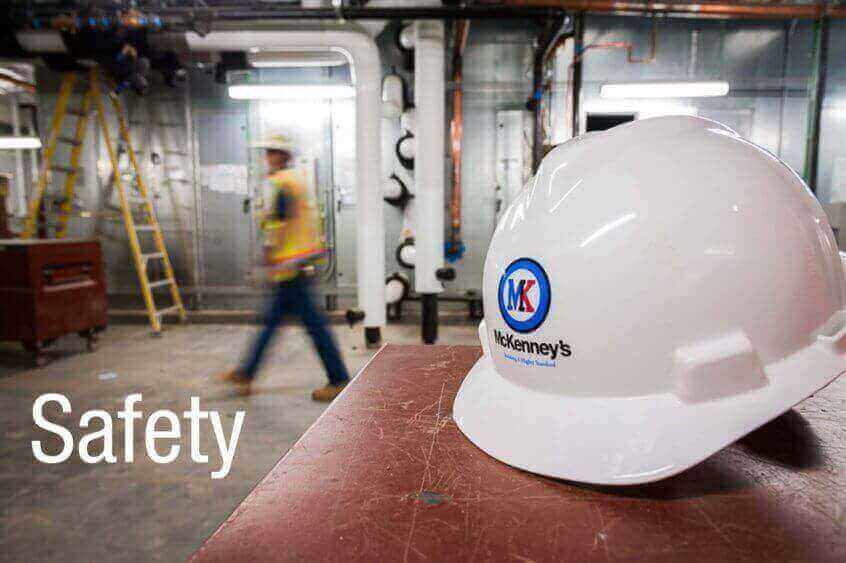In a previous blog post, we highlighted the concept that a large percentage of jobsite incidents could be preventable if certain common causes were identified and eliminated. 
Associated Builders and Contractors, Inc. (ABC) provides a roadmap for achieving World Class Safety Performance through their Leading Indicator System. This system is designed to identify jobsite hazards and minimize or eliminate them before they lead to an incident or injury. According to this system, there are Six Leading Core Indicators that dramatically impact the overall Safety performance on the job. We will explore each of these in greater detail:
- Substance Abuse Program
One third of all incidents on construction jobsites are drug or alcohol related. Companies with substance abuse programs in place are more than 60 percent safer than those without an implemented program. Plus, substance abuse testing can be an effective method of incident prevention if used properly.
- New Hire Safety Orientation
Companies that conduct an in-depth indoctrination of new hires into their safety culture, systems and processes based upon a documented orientation process experience nearly 50% lower incident rates than companies that limit their orientations to basic safety and health compliance topics.
- Site-Specific Safety Orientation
Companies that conduct site-specific orientations reduce their RIR and DART rates by 50% as well. These sessions should incorporate:
- Site-specific policies and procedures
- Site-specific hazards and operations
- Company safety vision and core values
- Emphasis on the importance of stop work authority and peer observation
- Toolbox Talks
These brief, single topic training sessions conducted on-site for all employees are one of the easiest and most fundamental ways to improve company safety training, knowledge and performance. The more frequently this type of training is conducted, the greater the impact on lagging indicators.
- Near-Miss / Near-Hit Analysis
The quintessential leading indicator, near-miss / near-hit analyses record observations of situations that could have potentially been catastrophic but did not result in disrupted or lost lives. While there is no industry-wide recognized definition of a near-miss, tracking and learning from such episodes shows much promise in improving safety, with RIR and DART rates reduced by 61% and 63% respectively, at companies that do so. Companies that conduct near-miss / near-hit analyses:
- Ensure that the site supervisor or foreman investigates both accidents and near-misses properly
- Determine causal factors
- Follow up and take corrective actions
- Share lessons learned
- Site Safety Committee
Establishing a Site Safety Committee spreads the responsibility of safety to all the companies on a jobsite. Regular meetings should be coordinated by the General Contractor or Construction Manager and include representatives from site employees, subcontractors, vendors, suppliers and the owner. Companies that participated in site safety committee meetings had 23-25% fewer incidents.
A commitment to World Class Safety should be embraced by all stakeholders in the company – from the C-Suite in the office to the expanded labor force in the field – all must remain engaged in safety performance. It requires courage and a culture which allows for personal ownership over safety. When tools and careful analyses as explained above are leveraged, World Class Safety is not just a goal – its an accomplishment.
Have a question for our experts? Leave your comment below and check out our website for more information.





